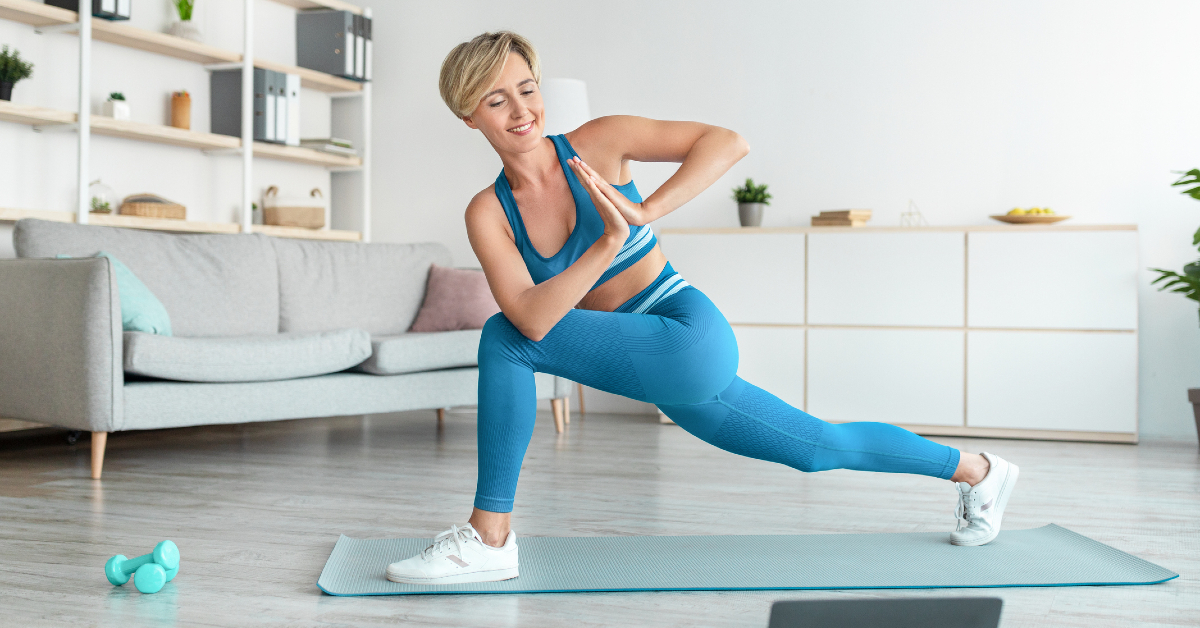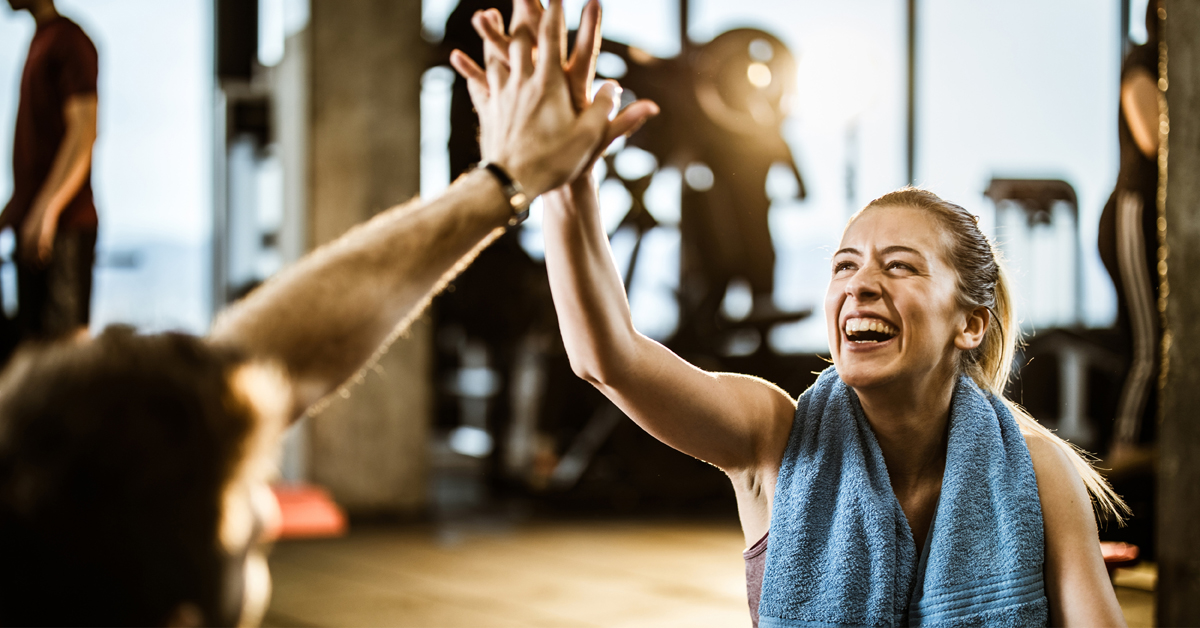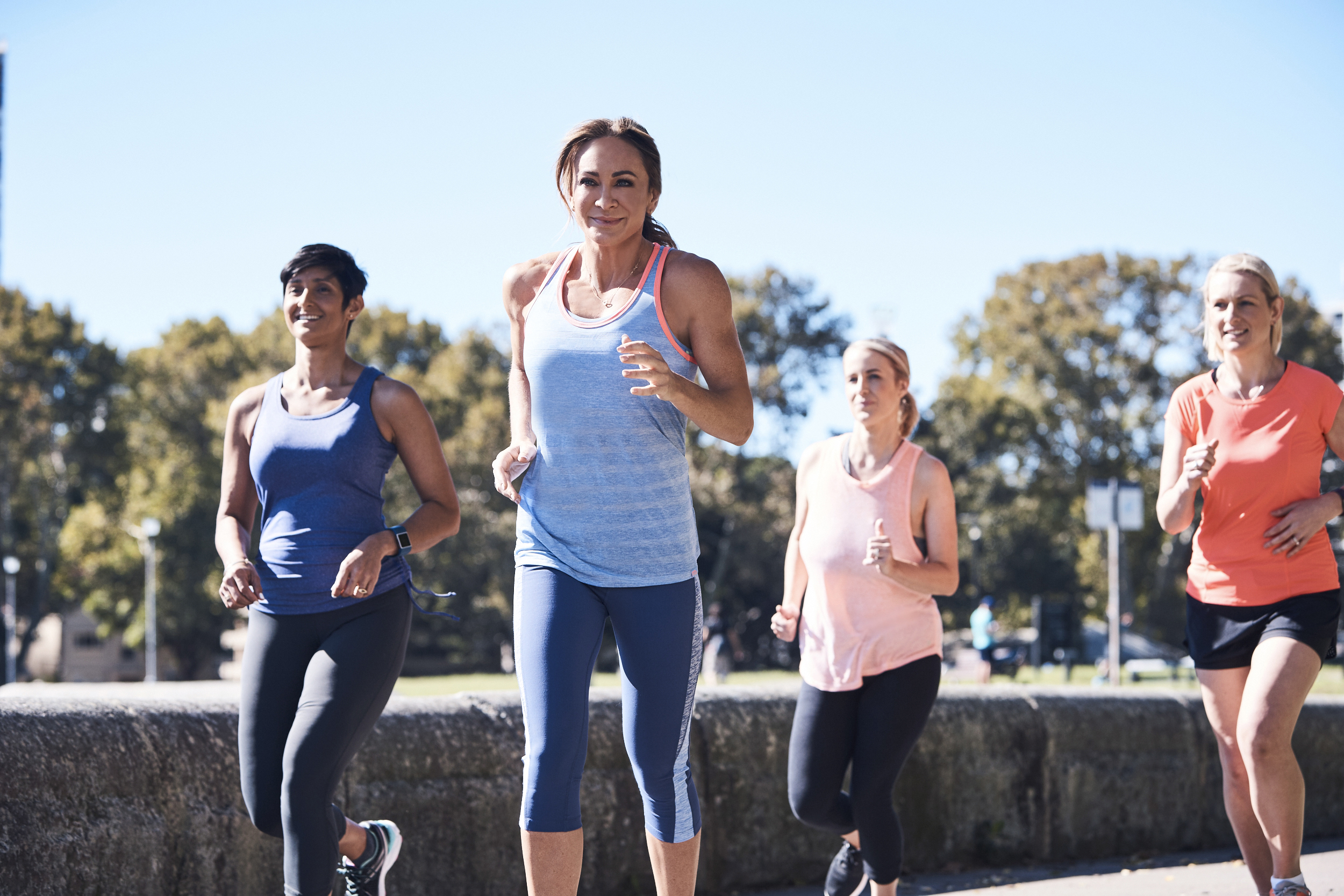Running is one of the best ways to get fit, stay fit and elevate your mood. If you’re a newbie it can seem daunting, so here’s 12WBT’s ultimate guide for beginners. You’ll go from zero to hero in no time!
Also read: Prevent Running Injuries with These Exercises
Are you thinking about getting into running but unsure about how to start? Running is such an awesome way to get fit, lose weight and get the sought-after “runner’s high.”
Here’s our beginners’ guide to running with everything you’ll need to take you from a running novice to a pro in no time.
Create a plan
You’ll enjoy your running training a lot more if you have a set plan and here at 12WBT we are all about planning, planning planning! So sit down and write yourself a SMART goal (specific, measurable, attainable, relevant, timely). It could be something like: run 2km at any pace without stopping by the end of 6 weeks or complete 4 x 30-minute running sessions per week for 4 weeks consecutively.
With your goal in mind, write yourself a plan of attack and choose a few safe and challenging running routes to start on. You can use a local running guide to work out the best route.
The 12WBT Learn To Run Program could be a great place to start, as it will guide you through a beginners’ running program over 12 weeks.
Get yourself kitted up
The best part about running is that minimal equipment is required. However, the most important investment any runner should make is on a good pair of running shoes.
Specialty running shoes can be customised to your body and foot strike. Trust us when we say it’ll be the difference between nailing your running training and developing niggly injuries along the way.
For all the ladies, get yourself a quality, well-fitted sports bra to give those twins the support they need!
Download a running app on your smartphone so you can track your running distance and set new goals as you improve your abilities. Some great ones are: Strava, Map My Run and Runkeeper.
A heart rate monitor is also very helpful (but not essential), so you can measure your effort levels and push yourself harder as you improve.
Start slow
If you’ve never run before, make sure you start SLOW. Don’t plan to go too far or too fast right away- it’s just a recipe for injuries. Start by introducing a 20 minute jog, 3-4 times per week and gradually increase either your distance or duration every week.
Aim to mix up each of your sessions – run on different surfaces or throw in some hills, forcing your body to adapt to new stimuli works wonders for your fitness.
Listen to your body and how you’re feeling but remember to always challenge yourself during every session. If you feel like you can go further or faster, give it a go! Pushing yourself beyond your ‘comfortable’ state is where the results happen.
What are stitches and how to avoid them?
We’ve all felt that dreaded stitch at some stage and they’re very common in runners.
Stitches are caused by an irritation of the membrane lining the abdominal cavity and the best way to get rid of them is to exhale in hard long breathes, bend over at the waist while exhaling or just slowing down or stopping until the stitch subsides.
To help avoid getting a stitch, refrain from eating a big meal within 2-4 hours of your run and take regular small sips of water beforehand to hydrate your body well.
Fuel up
Running burns a tonne of calories, so fuelling your body correctly is essential. Have a light snack like a banana in the two hours before your run as well as plenty of water in the 12 hours beforehand.
After training, be sure to fuel up on a quality source of protein to rebuild muscles and a wide range of healthy, high-energy foods like fruit, vegetables and wholegrains.
Always warm up and cool down
Before every run, warm up your muscles first. This can be as simple as a walk (gradually increasing your pace), paired with some dynamic movements like skipping, side shuffles, butt kicks and leg swings. You can also use a foam roller to release any tight or fatigued muscles.
After your running sessions, treat your muscles to some static stretches and foam rolling. It’ll not only make you feel great but will improve your range of motion. Focus on the major muscle areas recruited when running such as the hips, glutes, quads, hamstrings and calves.














